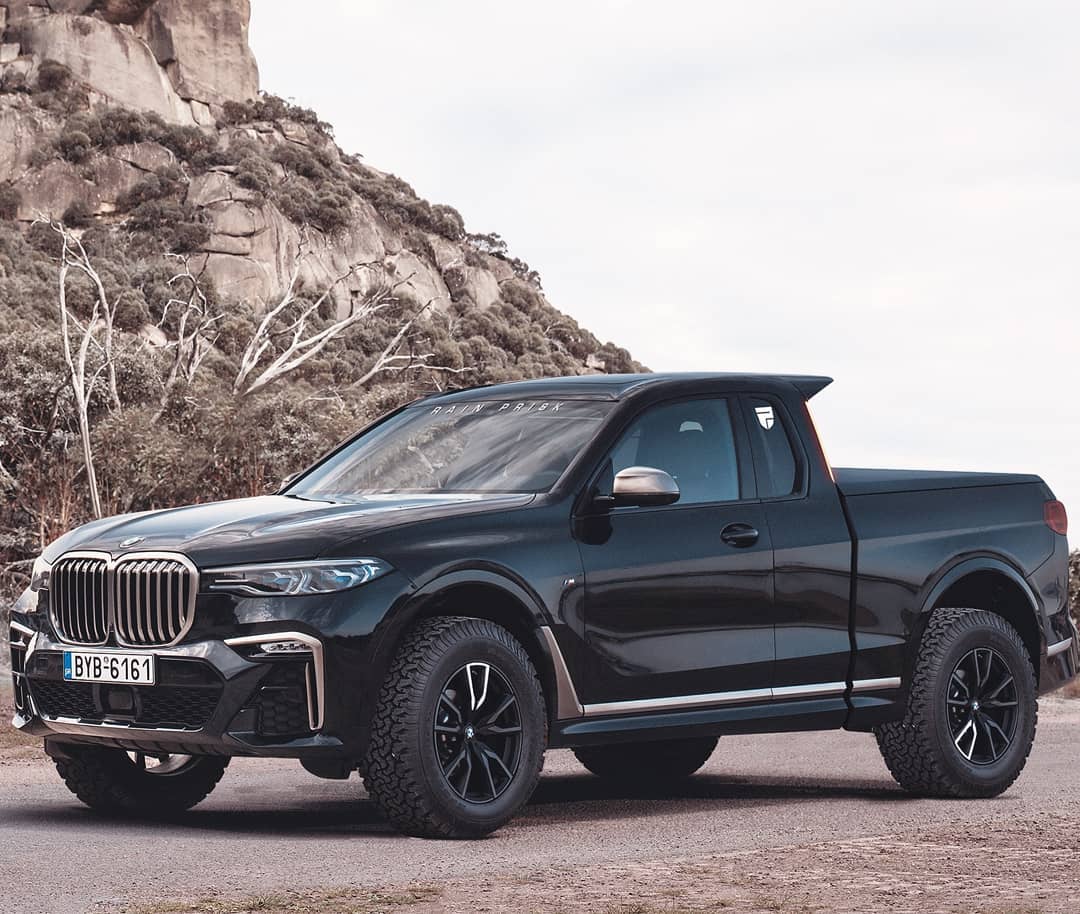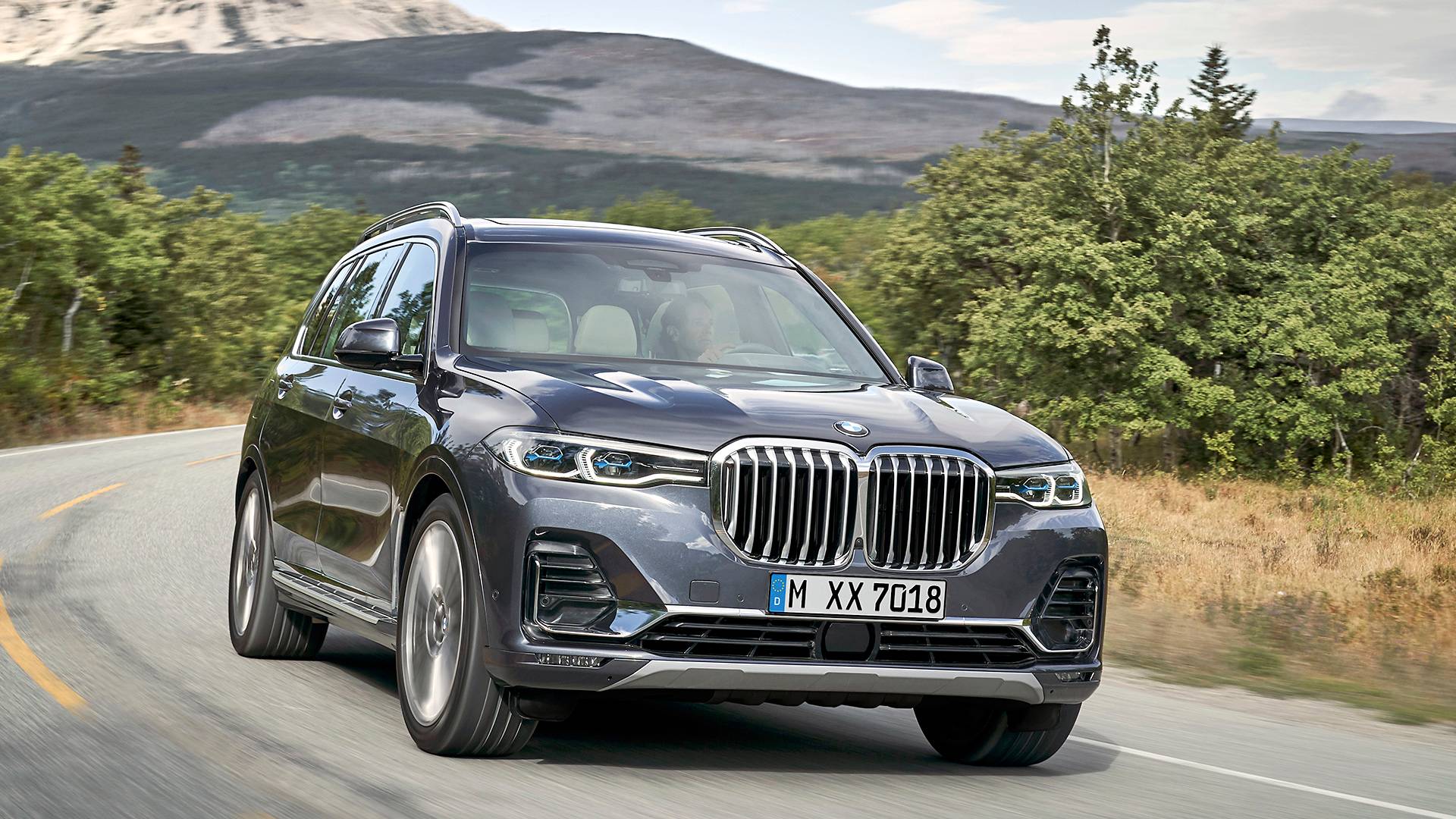

However, look beyond the headlights, the redesigned kidney grille and, if specified, the new 23in alloy wheels that are the biggest ever fitted to any BMW, and there are some meaningful changes. A full-size SUV with the option of seven seats, the X7 is the largest car BMW makes and comes with a choice of six- or eight-cylinder engines, all paired with an eight-speed automatic gearbox and variable four-wheel drive. The Clean Car discount figures sourced from your dealer will differ from those listed in the BMW owner’s handbook and reported figures as they have been converted by the NZ government to WLTP3 from figures derived through one of the following testing procedures: WLTP4 or NEDC or Japanese JC08 mode or Japanese 10-15 mode or CAFE test cycle.įor all vehicles not imported by BMW NZ (Used vehicle imports) you will need to contact the source market for these CO2 figures as BMW Group NZ has no access to and cannot source this CO2 data.BMW’s move to a split-headlight design for the X7 marks out the facelifted model, though fundamentally the car remains unchanged. Note: To obtain NZ CO2 figures for vehicles imported by BMW Group NZ in relation to the NZ Clean Car discount or “FeeBate” you will need to contact your preferred dealer. Product changes may have been made since production of this content. Please contact an authorised BMW dealer for specific information on vehicles and features available in New Zealand.

Information provided and images displayed on this site include overseas models and may show some features not available in New Zealand. These results can be used to compare vehicles on a close to “like for like” basis but are unlikely to be achieved in real world conditions for reasons including temperature variation, driving conditions and the use of the auxiliary systems referred to above. If you are comparing this range with other models or brands make sure they are stating the same WLTP or NEDC testing regime. Consumption is based on WLTP or NEDC (whichever is indicated) best case conditions and is independently tested for BMW Group. Individual consumption (fuel economy) may differ due to driving profile, vehicle load profile, auxiliary consumer usage, temperature, and ambient conditions. The testing procedure measures are based on a 23 degrees Celsius battery start and ambient temperature with certification values excluding additional auxiliary consuming devices and systems within the vehicle such as seat heating, displays, air conditioning.

The basis for the calculation of the charging times for 100 km range is the electric consumption of the vehicle based on the use of a high-Powered Charging station (HPC) or charging type and current as indicted in the literature above.
Bmw x7 driver#
The car also plays a role in charging times as it can be set by the driver to accept various different amperage and should preconditioning be used to heat or cool the vehicle while charging this will also affect the charging time. When charging times are shown they can be affected by a number of factors such as type of charger, voltage supplied to the charger/car and type of current (AC or DC) supplied to the charger/car. The values shown are based on the fuel consumption, CO2 values and energy consumptions according to the NEDC cycle for the classification. The CO2 efficiency specifications are determined according to Directive 1999/94/EC and the European Regulation in its current version applicable. The figures refer to a vehicle with basic configuration in Germany and the range shown considers optional equipment and the different size of wheels and tires available on the selected model. The values of fuel consumptions, CO2 emissions and energy consumptions shown were determined according to the European Regulation (EC) 715/2007 in the version applicable at the time of type approval. The values of the vehicles labelled with * are preliminary. Fuel consumption in l/100 km (combined): 10.5–9.2ĬO2 emissions in g/km (combined): 240–210


 0 kommentar(er)
0 kommentar(er)
